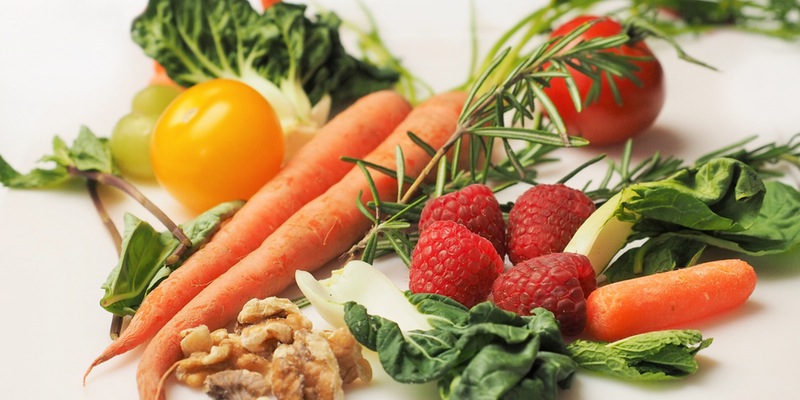Key to establishing, and maintaining, healthy diets for children and teenagers, is to start good eating habits young.
Whilst peer pressure and endless adverts for junk food can make life hard for parents, it is possible to create healthy eating so that the dining table doesn’t turn into a battlefield.
“I hate the way the put chocolates and sweets at the checkouts in the supermarket as my kids always want something and when I say no, there are tears.”
Jules
“So often, my son comes home from a party with so many sugary treats, I have to take some away and give them to him over time – but it isn’t easy.”
Megan
“Adverts on the TV are all about expensive toys and gadgets, or sugary cereal and fizzy drinks – please make it stop.”
Dave
A healthy, varied diet is vital for good health and growth, strong teeth, it helps keep obesity at bay and can also stabilise moods and energy levels, sharpen minds, and allow children to grow into strong, healthy adults.
Focus on your overall family diet rather than specific foods. The ideal is to eat whole-foods that are as close to their natural form and keep processed options to a minimum. Create a diet that is full of fresh fruit and vegetables, nuts and pulses, good oils and proteins and go organic whenever you can.
Kick off with a healthy breakfast and the whole family is set for the day. A meal that includes quality protein such as enriched cereal, yoghurt, milk, cheese, eggs, meat, or fish is best and will keep the hunger pangs, and sugar cravings at bay.
Keep salt and sugar to a minimum and this also goes for saturated fats.
When buying meat, go for organic, grass-fed options because they are so much better for you than cheaper, industrially raised meat
Be a role model to your child. Plan meals together, talk to them about what is good for you and tastes great. When you can, eat together, don’t talk about dieting or being fat and generally practice what you preach.
Cook at home. Yes, going out to eat or having a take-away is fun but these meals tend to have more fat, sugar and nasties in them than food prepared by you at home. Plan ahead, make batches of family favourites and freeze them so you have great meals at the touch of a button.
Keep an eye on what children are eating at school. Either order their school dinners ahead of time or make a packed lunch so you know they are having a nutritious meal and snacks when they are away from home. An egg salad sandwich, pot of yoghurt, some fresh fruit, cubes of cheese and a bottle of water is ideal.
Rice, noodle and pasta dishes are great, quick and easy meals for weekday evenings. You can use meat or fish, make homemade sauces and add seasonal vegetables on the side and the whole family will be happy.
Keep snacks and desserts healthy. Offer fresh fruit and vegetables as snacks rather than an endless supply of biscuits, crisps and chocolates. These foods might taste good but they offer little, or no nutrition and can affect waistlines and teeth. Freeze 100% fruit juice to create lollies and make fun fruit kebabs using pineapple chunks, bananas, grapes, apples and berries. A handful of nuts is a tasty bread, as is a vitamin packed green smoothie.
When it comes to drinks, water is an excellent option. It is sugar free and keeps you hydrated. Add some slices of lemon and cucumber as well as ice and keep the fizzy drinks away.
Check portion sizes.
Don’t insist your child cleans their plate before they leave the table, and never use food as a reward or bribe as both can create issues.
If you have any handy hips or tips on healthy eating, do let us know.
Team Pure-Beauty

